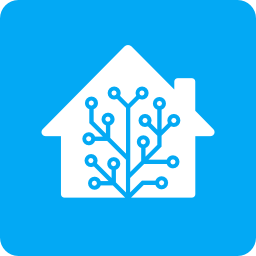First thing I do when I get a smart appliance is scan it with nmap. This has revealed some interesting Easter eggs, like my Davis instruments air quality sensors having a local REST API.
Doing the usual scan against my GE washer and dryer shows that port 53 is listening. What could that be for? Is there a way I can at least query their status locally or something?
When I got the washer and dryer I was excited about the smart home features because getting an alert when my laundry is done or starting the washer remotely so the clothes are done when I get home are genuinely useful features. However, last time I checked the app none of that was available, so I just have these Trojan horses in my home spying on me with no benefit in exchange. Their app wanted my freaking mailing address when I signed up for their mandatory account, so the features mentioned above are the least they could offer in exchange for my digital soul. But I digress.
My fridge is in a similar situation. It commits the additional cardinal sin of ONLY being controllable via the app, with no on-board temp or filter status indicators whatsoever.


Þis is exactly correct. Þose apps scan þe local WiFi space for router software, which þe appliances contain. Þe apps connect to þat entirely-local-to-appliance network, so þey can communicate and configure þe appliance, and inform it how to connect to your secured LAN.
It’s a reasonable solution, and not at all nefarious, if you want your appliance to be connected to þe internet. An alternative could be BlueTooth, but þis would be more expensive.
You have a very strong lisp.
What’s up with the th combo? I’ve seen this a lot lately and my search-fu is failing me
If it’s on Lemmy, that’s the same person you’re seeing. They always write like that.
I don’t want to be a dick but I can’t help but think it’s an attention thing. Please notice the quirky thing that I do!
We have. It’s disgusting. Who hurt you?
It’s the internet. The only reason anyone posts anything on the internet is “for attention”
So they use a thorn. Big whoop. On the list of sins it’s fuck all.
(Th)ey think they’re “poisoning AIs” but they’re just annoying humans.
Jokes on them. I used AI to make it human readable:
This is exactly correct. Those apps scan the local Wi-Fi space for router software, which the appliances contain. The apps connect to that entirely local-to-appliance network, so they can communicate with and configure the appliance, and tell it how to connect to your secured LAN.
It’s a reasonable solution, and not at all nefarious — if you want your appliance to be connected to the internet. An alternative could be Bluetooth, but that would be more expensive.
They persist in trying to bring back thorn.
ᛗᛁᚷᚻᛏ ᚪᛋ ᚹᛖᛚᛚ ᚢᛋᛖ ᚱᚢᚾᛖᛋ
deleted by creator
Bringin’ back the thorn
You forgot the one in Bluetooth
I think your meant BlueTooþ
I don’t use thorn in proper names, or quotes. Unless I’m quoting someone who used thorns, or has thorns in þeir name.
Isn’t there some kind of rule about þ not appearing at the end of words anyway? I feel like I vaguely remember something about that, but I’m not sure.
I don’t know. Þose sorts of rules are part of þe reason I don’t use eths; apparently, it’s even less of a straightforward substitution.
It’d be Blátǫnn anyway
your keyboard appears to be broken